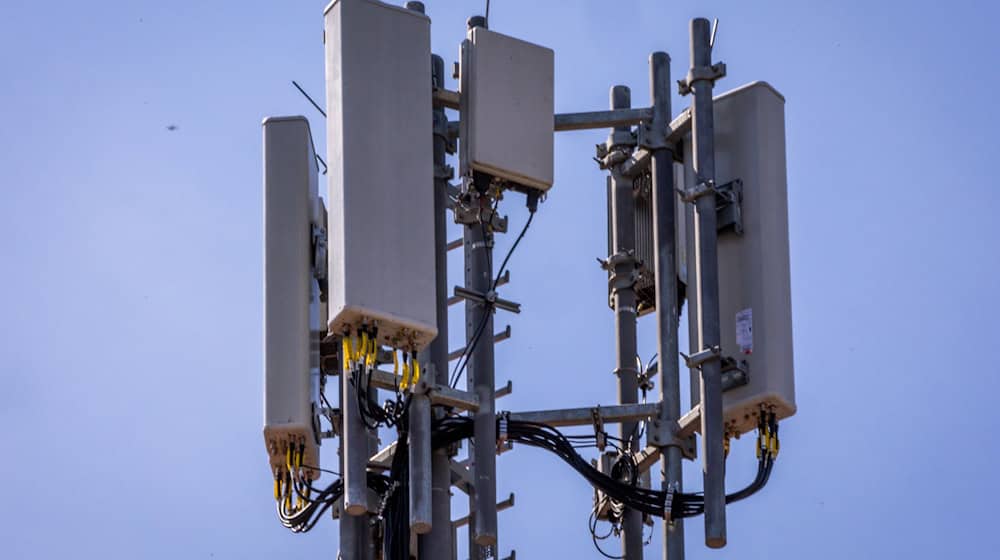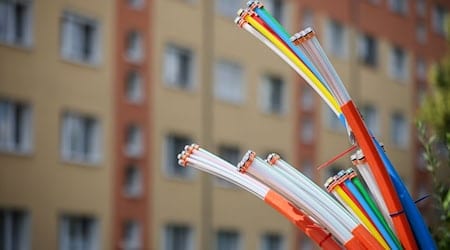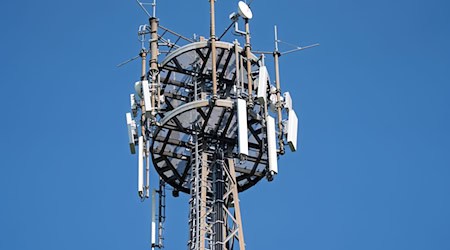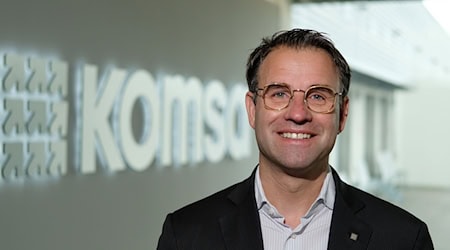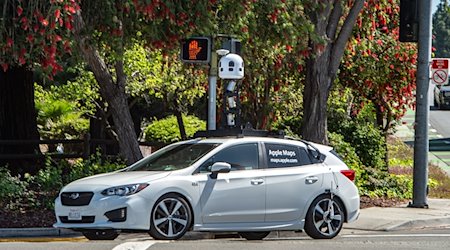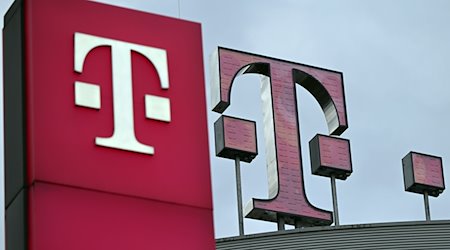In most regions of Saxony, fast internet is now available via mobile communications. However, according to a recent study by the Federal Ministry of Digital Affairs, 978 private households in the Free State are still not supplied with mobile broadband. In total, there is an area of 186 square kilometers in Saxony that are considered "white spots" - areas without 4G or 5G reception. This makes Saxony the eastern German federal state with the smallest unserved area, but the second most households without fast mobile communications. Only Thuringia is ahead of Saxony in eastern Germany with 2,539 households. Nationwide, Baden-Württemberg (8,022 households) is the frontrunner.
According to the study, 99.9% of the 41.4 million households across Germany are covered by mobile broadband. Nevertheless, more than 28,000 households are located in "white spots", where Internet via cell phone barely works or does not work at all
White spots in a nationwide comparison
The unserved areas are distributed unevenly across Germany: "Overall, almost 77 percent of the white spots are located in western German federal states and 23 percent in eastern German federal states," the ministry's report states.
"We are now specifically analyzing the causes of the remaining gaps in order to develop tailor-made solutions," said Federal Digital Minister Karsten Wildberger (CDU). According to the ministry, white spots are not only a major annoyance for consumers, but also a brake on economic development. Without mobile communications, many digital services cannot be used, such as mobile payment or the networking of devices. Business processes, such as working in the field, could also be made more difficult as a result.
Copyright 2025, dpa (www.dpa.de). All rights reserved

